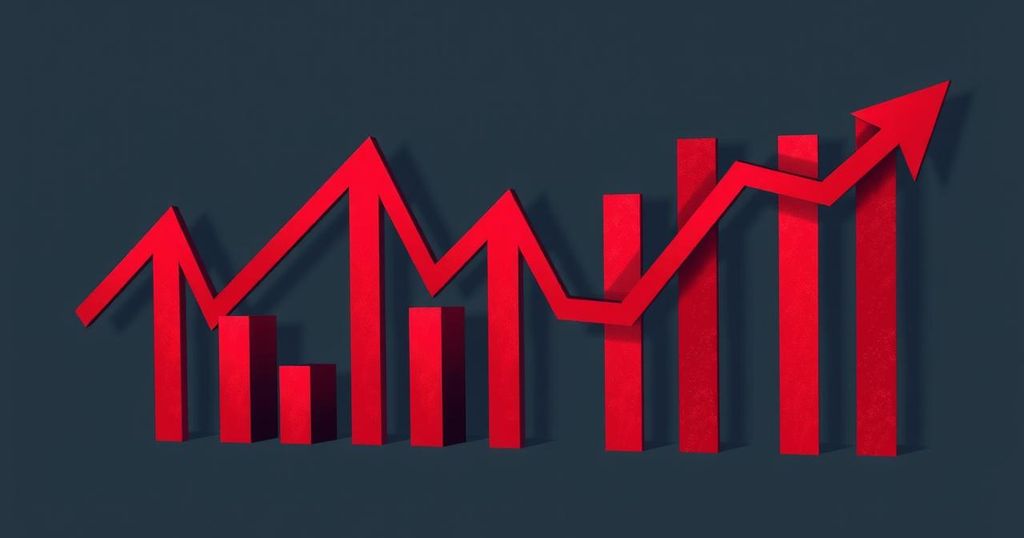President Trump increases tariffs on steel and aluminum, potentially raising consumer prices and risking job losses in related industries. The tariffs, aimed at revitalizing American manufacturing, have drawn concerns from industry experts about inflation and economic stability, with expectations of retaliatory measures from trading partners. Further tariffs on additional goods are anticipated as the administration seeks to reshape trade policy.
President Donald Trump has escalated his tariffs on steel and aluminum imports initially imposed in 2018, eliminating all exceptions and increasing aluminum tariffs from 10% to 25%. Trump asserted that it is crucial for American industries to revive, stating, “It’s time for our great industries to come back to America.” These tariff changes will take effect on March 4, 2025, aiming to enhance domestic manufacturing.
Industry experts express concern that these tariffs may lead to increased automobile prices and potential job losses. Glenn Stevens Jr., executive director of MichAuto, cautioned that elevated tariffs could compel auto manufacturers to raise prices, leading to decreased sales and negatively impacting jobs in the sector.
The tariffs may adversely affect trade relations, especially with U.S. allies such as Canada, which is the largest source of steel imports. Candace Laing, president of the Canadian Chamber of Commerce, criticized Trump’s actions as destabilizing for the global economy, indicating uncertainty for businesses reliant on steel and aluminum.
Economists warn that the tariffs could provoke inflation risks at a time when consumers are already experiencing high prices. Benn Steil from the Council on Foreign Relations noted that while tariffs aim to strengthen U.S. manufacturing, they could result in higher consumer costs and retaliatory tariffs from other countries, diminishing U.S. competitiveness.
Furthermore, the tariffs are likely to strain U.S. companies dependent on steel and aluminum for production. Investment responses varied; steel companies saw stock increases while companies like General Motors, which would face higher material costs, experienced declines. It is evident that the implications of these tariffs extend far beyond the steel industry itself.
Trump indicated that further tariffs targeting computer chips, automobiles, and pharmaceuticals are forthcoming, asserting that these financial measures would ultimately lead to price reductions as domestic production increases. However, experts argue that targeted industrial policies are necessary for genuine economic growth rather than blanket tariffs.
Howard Lutnick, nominated for the commerce secretary position, claimed that these measures would generate approximately 120,000 jobs domestically, although this figure remains uncertain. Previous studies have indicated that the initial tariffs had more complex effects on the manufacturing sector than anticipated, suggesting that strategic economic policies are preferred over generalized tariffs.
In summary, President Trump’s decision to heighten tariffs on steel and aluminum imports is aimed at revitalizing American manufacturing. However, industry leaders and economists caution that this approach may lead to higher consumer prices, inflation risks, and potential job losses in sectors dependent on these materials. As the administration prepares for further import tariffs, the long-term impacts on the U.S. economy and trade relationships remain uncertain. It is critical for policymakers to consider nuanced strategies that effectively strengthen domestic industries without causing widespread economic repercussions.
Original Source: apnews.com




